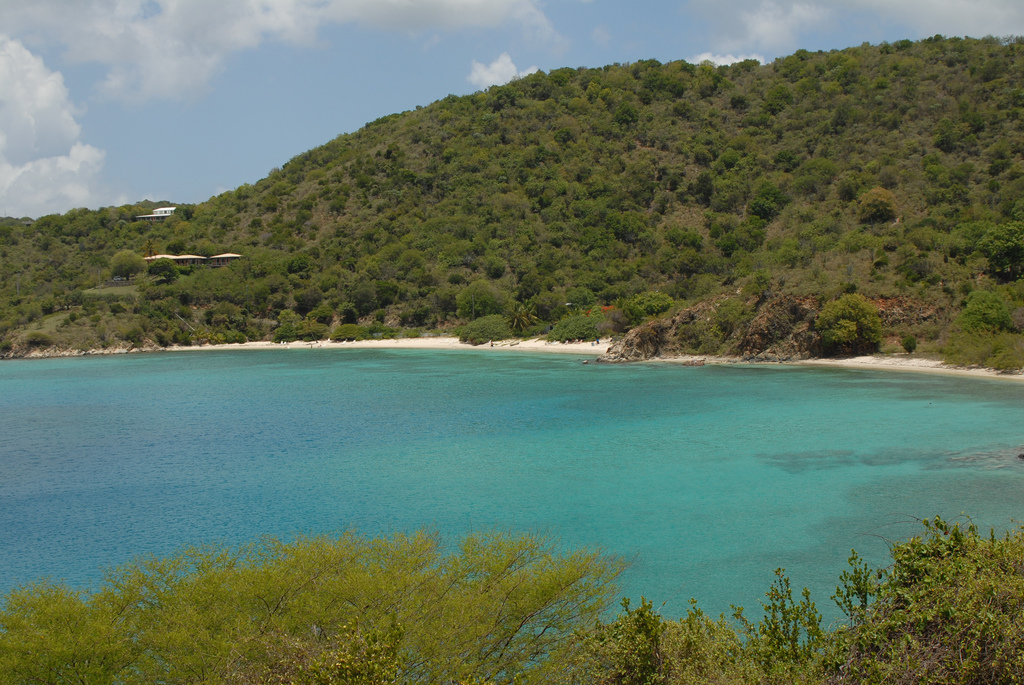New Scientist
Image: F H Mira
Pity the mammals living on lush Caribbean islands. Over the last 12,000 years, they have suffered the highest extinction rates of any on Earth. Now, a primate skull found in an underwater cave on Hispaniola underscores what we have lost – a fauna so primitive and strange that the archipelago has been likened to Madagascar.
Today, there are no non-human primates in the Caribbean, and it wasn’t until 1952 that palaeontologists accepted that the islands had once been home to monkeys.
The new find – the first well-preserved skull from Hispaniola (see picture) – confirms that this monkey was related to a group of primates still found in Central and South America that includes capuchins and squirrel monkeys. But although the skull is only a few thousand years old – too young to be called a fossil – the rear of its braincase is unlike that of any modern monkey. Instead, it most resembles a monkey that lived 16 million years ago in modern-day Argentina (Proceedings of the Royal Society B, DOI: 10.1098/rspb.2010.1249).
Such “undercurrents of primitiveness” in a recently extinct monkey suggest parallels with Madagascar, says Alfred Rosenberger at the City University of New York, whose team described the new skull. Read more on newscientist.com…








